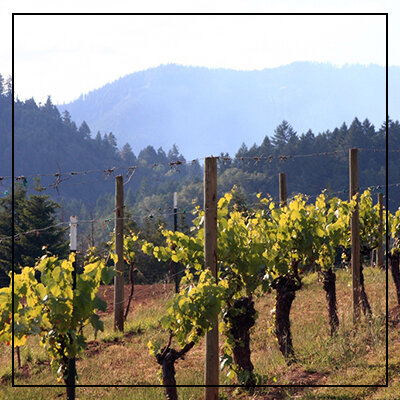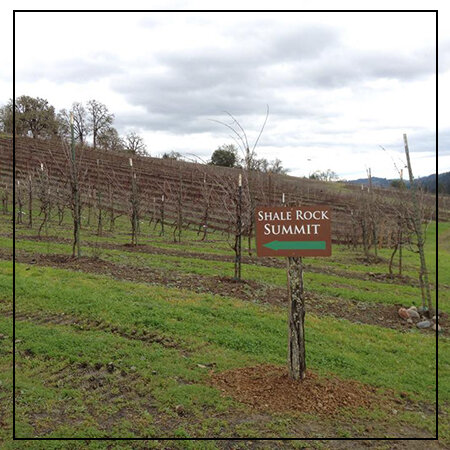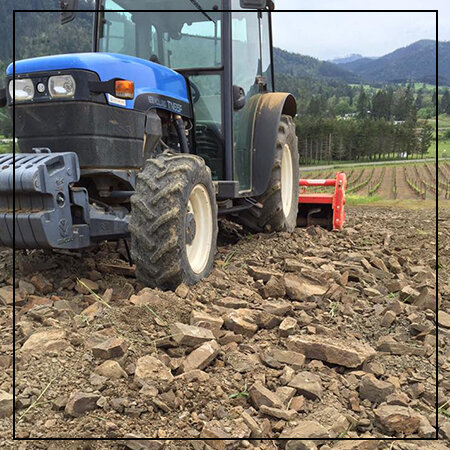Girardet Cellars
Umpqua Valley, Oregon
About Girardet Cellars
Sustainably Farmed / Woman Owned
The 1960s were a time of change. Newlyweds Philippe and Bonnie Girardet were also looking for a change. Phil was a bored Swiss rocket scientist working at Cal Tech who was looking to reach his own personal escape velocity. Bonnie was a schoolteacher with a love of wine and a desire to live off the land.
Over a bottle of wine they decide it would be fun to plant a vineyard. They just need one thing – vine starts. Phil adds a quart of oil to their old bus and they are off on a road trip to get cuttings. Their journey doesn’t end until they reach New York state, miraculously, and upon return to the Umpqua they have the bus stuffed full of vine twigs: Baco Noir, Seyval Blanc, Cayuga, and others. Planting begins.
On a shoestring budget, the first batch of red wine has to be fermented together all in one vat. The resulting wine is called Vin Maison Rouge, and the recipe becomes a closely guarded family secret – and a huge sales success. Costs are kept low with Marc, their son, being enlisted to hand-cork the bottles.
In 1994, Marc enlists in the Air Force as a computer programmer, but shortly is kicked out and sent home for being “Too Swiss.” He decides wine sounds like more fun anyways and joins the family business full-time.
At an equipment auction in 2004, looking for a new tractor, Marc gets ambitious and bids on a giant bulldozer instead. Phil tries to get him to lower his hand, but it’s too late. $5500 later, they are the proud new owners of a Terex. (Quickly renamed T-Rex)
Desperate to make good on his new purchase, Marc starts ploughing the fields with T-Rex. He soon has a happy accident and discovers Shale Rock Summit. The rocks there are later discovered to be from an ancient sea bed, & the vineyard’s greatest asset.
In 2010, After a trip to the Rhone valley in France, Marc decides to convert all new vines over to Bush Training. This is a first in Oregon. He also converts the estate to sustainable farming and commits to using a locally-sourced horse manure composte as the vine’s primary food source.
In 2011, After a chance meeting with an Italian wine-drinker, and after consuming a few bottles, Marc is convinced he must plant Teroldego, a vine “from the foggy foothills of Northern Italy.” Just eight tenths of an acre are planted on Shale Rock Summit.
The 30 acres of estate vineyards have been named Shale Rock Vineyards, in reference to the vast shale deposits we have discovered in the soils. They are very rich in turbidites, a type of sedimentary rock composed of layered particles that grade upward from coarser to finer sizes and originated from ancient currents in the oceans. These soils are 10-15 million years old and are world renown for growing the best wines with a smooth, complex mouthfeel.
The original vineyards were first planted in 1971. Many of these now look more like small trees than they do vines. Some old trunks have been cut down and replaced with a starter shoot that still shares the old vine’s well-established root system.
The vines are farmed using sustainable methods, growing natural grapes in a healthy environment. Beneficial insects and cover crops are used to keep the vines healthy without the use of pesticides, and selected animals are encouraged to live in the vineyards and keep pests away. Dry-farming techniques are used to produce small, flavor-packed berries and conserve water. The vines are always hand-harvested and pruned.
The adherence to these natural, Old-World ways has led to the creation of many award-winning wines over the decades.




